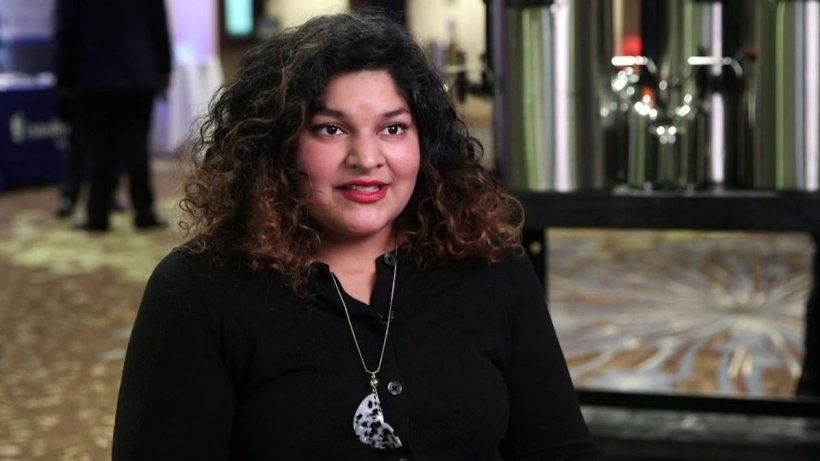اولین تجربه ژندرمانی

THE ASHANTI DESILVA MIRACLE
 Dr. W. French Anderson
Dr. W. French Anderson
and Ashanti Desilva
picture credit: pbs.org
In 1990, four year old Ashanti DeSilva became the first recipient of gene therapy. DeSilva suffered from Adenosine Deaminase Deficiency (ADA), a rare immune system deficiency that is caused by a lack of an enzyme adenosine deaminase. Those that suffer from ADA are susceptible and defenseless against numerous diseases and infections, and often times die before their first birthday.
Gene therapy, a form of genetic engineering, was used to treat DeSilva’s disease and save her life. Dr. W French Anderson, Dr. Michael Blaese and Dr. Kenneth Culve were able to inject her with genetically engineered white blood cells to strengthen her immune system.
Though DeSilva still has to receive gene therapy to ensure that her enzyme levels are maintained, the use of gene therapy to treat her was an important precedent in the field of genetic engineering. It showed that the use of gene therapy was a viable option in medical treatments, and has opened the door for further research in the field of genetic engineering.
“Father of Gene Therapy” to be Released from Prison Next Month

The Gene Therapy press conference held on September 13
W. French Anderson Intends to Resume a Career in Science
W. French Anderson, M.D., a gene therapy pioneer, will be released from prison on May 17 after serving almost 12 of a 14-year sentence, having been convicted in 2006 of molesting the young daughter of one of his colleagues.
Dr. Anderson has always maintained his innocence, and despite his appeals being rejected by nine courts, he plans to pursue exoneration by pleading his case before the U.S. Supreme Court.
Dr. Anderson, the founding editor of Human Gene Therapy, published by Mary Ann Liebert, Inc. publishers, led the NIH team that conducted the first human gene therapy trial in 1990. The researchers used retroviral-mediated transfer of the adenosine deaminase (ADA) gene into the T cells of two children suffering from severe combined immunodeficiency (ADA-SCID).
According to the NIH, SCID is a group of rare disorders caused by mutations in different genes involved in the development and function of infection-fighting immune cells. Infants with SCID appear healthy at birth but are extremely susceptible to severe infections. The condition is fatal, usually within the first year or two of life, unless infants receive immune-restoring treatments, such as transplants of blood-forming stem cells, gene therapy, or enzyme therapy.
The 1990 trials demonstrated that the number of T cells normalized along with cellular and humoral immune responses. Treatment was halted after two years, but follow up studies showed that the integrated vector and expression of the ADA gene in T cells continued. However, some scientists have labeled the results of the trial ambiguous as the two children still receive low does of PEG-ADA by injection.
Under a CRADA, Dr. Anderson in 1991 founded a company, Genetic Therapy (GTI), which set up a manufacturing facility near the NIH where he worked as a government scientist. Four years later, he was granted a gene therapy patent (covering genetically engineered human cells that encoded a marker or therapeutic to be expressed in vivo), which was owned by the government and was licensed to GTI. Novartis later purchased GTI for $325 million and subsequently received (in 2016) the first FDA-approved gene therapy license in the U.S.
Dr. Anderson took up a position at the University of Southern California (USC) in Los Angeles in 1992 where Novartis continued to fund his gene therapy research.
He has stated that his intention is that he wants to resume a career in science.

عالی و آموزنده تشکر از شما استاد بزرگوار
جالب بود
دو زبانه بودن هم که دیگه عالی🌹
جالب بود
عالی
بخصوص اینکه دوزبانه هست
خدا قوت استاد
مفید و سودمند
عالیه خسته نباشید مقاله ی مفیدی بود